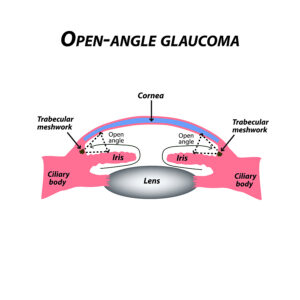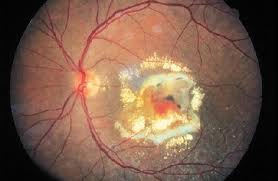A new study from Mt. Sinai Hospital showed that fibrotic eye disease responds to nicotinamide (vitamin B3). In general, during wound healing there can be aggressive cell transformations. This can cause scarring, retinal detachment and finally loss of vision and even blindness. Notably, the following pieces of evidence support the notion that vitamin B3 (nicotinamide) helps to make eye diseases better.
Lab experiments made in Petri dishes
Specifically, researchers performed experiments in Petri dishes with human adult cells. After adding nicotinamide, they found the following.
- There were no harmful cell transformations
- Membrane formation in conjunction with scar formation was reversed
- There is a slow-down regarding the development of eye diseases that lead to loss of vision and blindness
Vitamin B3 was first detected as a cure to Pellagra
Pellagra, the vitamin B3 deficiency was first described by the Spanish physician, Don Gaspar Casal in 1763. Typically, pellagra presents with dermatitis, diarrhea and dementia. If left untreated it will lead to death. The skin showed inflammation, particularly in areas where there was exposure to the sun or to friction. Affected skin may be darker. Pellagra occurs mainly in the developing world, particularly in sub-Saharan Africa.
Experiments with vitamin B3 on mice curing eye disease
In a mouse model researcher showed that vitamin B3 could largely prevent the development of glaucoma in aging mice. According to these researchers 93% of the mice with the higher dose of vitamin B3 did not develop glaucoma. Vitamin B3 (the precursor of nicotinamide) is important for the production of NAD+ and the phosphorylated form NADP, which are cofactors in the energy producing metabolism of mitochondria.
Experiments on rabbits showing a cure with nicotinamide
In a 1985 publication rabbits were subjected to a vitamin B3 inhibitor, namely 6-aminonicotinamide. This is an antimetabolite of nicotinamide. It was given by intraabdominal injection. The rabbits developed diarrhea, ascending paresis/paralysis and death. They also developed vascular lesions in the eyes, particularly the iris with an acute inflammation of the iris, which physicians call iritis. The ocular lesions could be prevented by administering nicotinamide. The researchers concluded that vitamin B3 deficiency was responsible for the eye lesions.
Clinical trials show a response of glaucoma to vitamin B3
In a clinical trial physicians compared 34 primary open-angle glaucoma (POAG) patients with a control group of 30 age- and sex-matched controls. The researchers measured plasma nicotinamide concentration in both groups. The POAG patients had on average 33% lower nicotinamide plasma levels than the control group. They concluded that glaucoma seems to be associated with lower plasma nicotinamide levels. The research team suggested that these findings need to be confirmed in a larger series of glaucoma patients. They also suggested that vitamin B3 therapy could become one of the treatment modalities.
Conclusion
We know vitamin B3 deficiency mainly as pellagra. It occurs mainly in the developing world, particularly in sub-Saharan Africa. But newer experiments in vitro, in mice and in rabbits showed that vitamin B3 deficiency can also cause eye disease. Other studies showed that fibrotic eye disease responds to nicotinamide (vitamin B3). In addition, a clinical trial in humans showed that glaucoma can develop as a result of a 33% lack of plasma nicotinamide (vitamin B3) level. Regular supplementation in those who are prone to vitamin B3 deficiency may be curative for eye disease.









